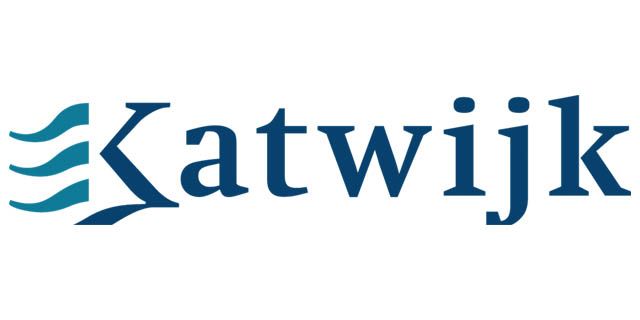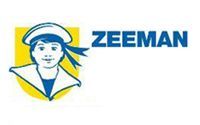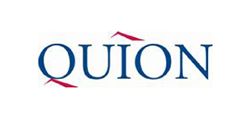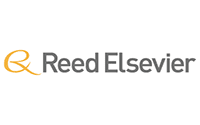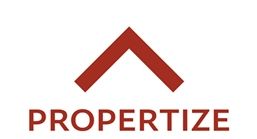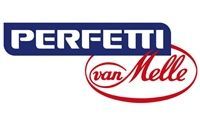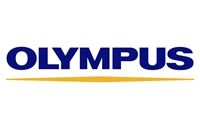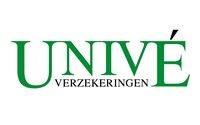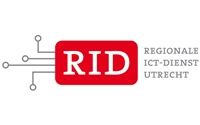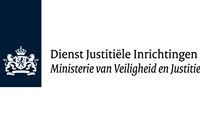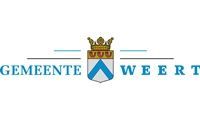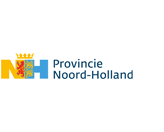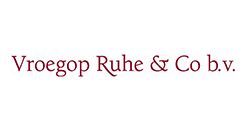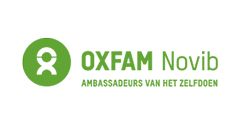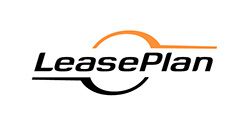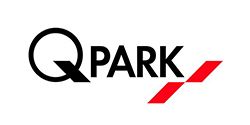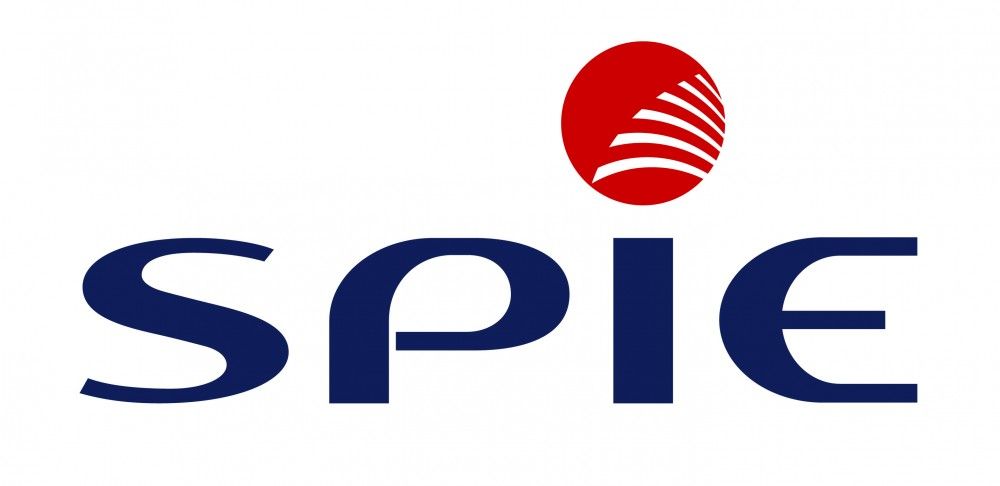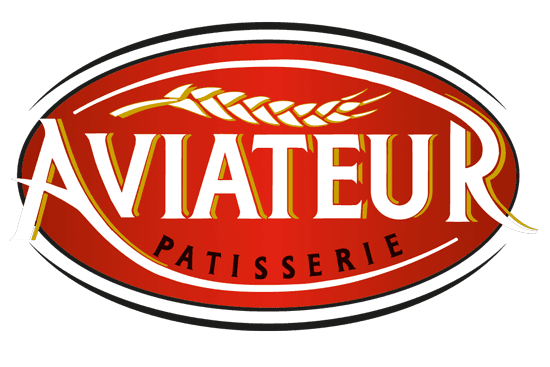Cursusbeschrijving
In deze cursus doet u kennis en ervaring op met het configureren en beheren van een Microsoft SharePoint Server 2013-omgeving. U leert hoe u SharePoint Server 2013 kunt configureren en u krijgt richtlijnen, best practices en overwegingen mee voor het optimaliseren van uw SharePoint-server.
Dit is de eerste in een serie van twee cursussen voor IT-professionals; de cursus is afgestemd op het eerste examen voor het SharePoint Server 2013 IT Pro-certificaat.
{tab Doelgroep}
De cursus is bedoeld voor ervaren IT-professionals die graag willen leren over het installeren, configureren, implementeren en beheren van SharePoint Server 2013 in een datacenter of een cloud. Deelnemers hebben doorgaans al praktijkervaring met de belangrijkste technologieën waarop SharePoint werkt, zoals Windows Server 2008 R2 of nieuwer, Internet Information Services (IIS), SQL Server 2008 R2 of nieuwer, Active Directory en services voor de netwerkinfrastructuur.
Een tweede doelgroep voor deze cursus bestaat uit Business Application Administrators (BAA’s) die betrokken zijn bij line-of-business-projecten (LOB), samen met interne klanten van het bedrijf die kunnen profiteren van inzicht in het beheer van SharePoint Server 2013. Beheerders voor wie SharePoint volledig nieuw is kunnen iets opsteken in deze cursus, maar het wordt wel aanbevolen om voorafgaand aan de cursus basiskennis op te doen van het SharePoint-platform.
{tab Voorkennis}
- Software management in a Windows 2008 R2 enterprise server or Windows Server 2012 environment.
- Deploying and managing applications natively, virtually and in the cloud.
- Administering Internet Information Services (IIS).
- Configuring Active Directory for use in authentication, authorization and as a user store.
- Managing an application remotely using Windows PowerShell 2.0.
- Connecting applications to Microsoft SQL Server.
{tab Certificering} Na het volgen van deze cursus bent u gerechtigd om deel te nemen aan het examen 70-331. {tab Vervolgcursussen} Het vervolg op de 20331B cursus is de M20332, Advanced Solutions of Microsoft SharePoint Server 2013 {tab Overige informatie}
This course will be delivered with digital courseware. In order to have the best learning experience you are asked to bring your own second screen to view the courseware. A second screen includes: tablets and laptops.
{/tabs} {slider Inhoud|closed}
Module 1: Describe the key features of SharePoint 2013
In this module, you will learn about the core features present in SharePoint 2013, the new features in this version, and what has been removed. You will also learn about the basic structural elements of a farm deployment and how they fit together. Finally you will learn about the different deployment options available to SharePoint 2013.
After completing this module, students will be able to:
- Identify the capabilities and architecture of SharePoint 2013.
- Identify new and deprecated features in SharePoint 2013.
- Identify deployment options for SharePoint 2013.
Module 2: Designing an Information Architecture
Information architecture (IA) defines the structures by which an organization catalogs information. Designing an IA requires a detailed understanding of not only the information held in an organization but also the usage, context, volatility, and governance of the information. A good IA rationalizes the creation and storage of content and streamlines its surfacing and use.
IA design should be platform-neutral, but it must also be driven by the functionality of its environment. Microsoft SharePoint Server 2013 provides a rich and functional platform for the development and implementation of efficient and effective IA structures. The integral use of metadata throughout SharePoint Server 2013 means that an IA designer has a range of storage, navigation, and retrieval options to maximize usability in a well-structured IA. In this module you will learn about the core elements of IA design and the facilities and devices available in SharePoint Server 2013 to deploy an effective information management solution. After completing this module, students will be able to:
- Explain how understanding business requirements drives the design of an organizational IA.
- Describe the key components available in SharePoint Server 2013 to deploy an IA.
- Plan for discoverability as part of an IA deployment.
Module 3: Designing a Logical Architecture
This module discusses the importance of creating a logical architecture design based on business requirements before you implement a solution. The module covers conceptual content, defining a logical architecture, and the components of SharePoint Server 2013 that you must map to business specifications.
Requirements gathering, and the development of a solution design, are a complex area of study. There are a range of structured methods for identifying, analyzing, and documenting systems and business processes. This module reviews some of the techniques for analyzing and designing business solutions for SharePoint Server 2013, rather than any specific structured methodology.After completing this module, students will be able to:
- Identify business requirements and describe how business requirements affect the logical architecture of a SharePoint Server 2013 deployment.
- Map business requirements to SharePoint Server 2013 architecture components.
- Explain the importance of documentation and describe the options for documenting logical architecture.
Module 4: Designing a Physical Architecture
When you design a Microsoft SharePoint 2013 deployment, you must carefully consider the hardware and farm topology requirements. Your choices of server hardware and the number of servers that you specify for the farm can have a significant impact on how the farm meets user requirements, how users perceive the SharePoint solution, and how long before the farm requires additional hardware. This module describes the factors that you should consider when you design the physical architecture of a SharePoint 2013 deployment. The physical architecture refers to the server design, farm topology, and supporting elements—such as network infrastructure—for your deployment. This physical architecture underpins the operations of your SharePoint 2013 environment, so it is essential that your physical design fully meets the operational requirements.
After completing this module, students will be able to:
- Describe the physical design requirements for SharePoint 2013.
- Describe the supporting requirements for a successful SharePoint 2013 physical design.
- Identify SharePoint farm topologies.
- Map a logical architecture design to a physical architecture design.
Module 5: Installing and Configuring SharePoint Server 2013
After you design and plan your logical and physical architectures for a Microsoft SharePoint Server 2013 deployment, the next installation steps are to implement the deployment design and specify configuration settings for the deployment. In this module, you will learn about installing SharePoint 2013 in various topologies. You will learn how to configure farm settings, and how to script the installation and configuration of SharePoint 2013.
After completing this module, students will be able to:
- Install SharePoint 2013.
- Configure SharePoint 2013 farm settings.
- Script the installation and configuration of SharePoint 2013.
Module 6: Creating Web Applications and Site Collections
After installing your Microsoft SharePoint Server 2013 farm, you are ready to begin deploying sites and content, such as an organizational intranet site. In this module, you will learn about the key concepts and skills related to the logical architecture of SharePoint including web applications, site collections, sites, and content databases. Specifically, you will learn how to create and configure web applications and to create and configure site collections. After completing this module, students will be able to perform the following tasks in SharePoint 2013:
- Create web applications.
- Configure web applications.
- Create site collections.
- Configure site collections.
Module 7: Planning and Configuring Service Applications
Service applications were introduced in Microsoft SharePoint Server 2010, replacing the Shared Service Provider architecture of Microsoft Office SharePoint Server 2007. Service applications provide a flexible design for delivering services, such as Managed Metadata or PerformancePoint, to users who need them. Microsoft SharePoint Server 2013 includes more than 20 services, some of which are new to this version, whereas others are enhanced. In planning and configuring service applications, it is important that you understand the dependencies, resource usage, and business requirements for each.
This module reviews the basic service application architecture, the essentials of planning your service application deployment, and the configuration of your service applications. This module does not discuss sharing, or federation, of service applications. This is covered in more detail in course 20332A: Advanced Solutions of Microsoft SharePoint Server 2013.
After completing this module, students will be able to:
- Explain the key components and topologies for SharePoint Server 2013 service application architecture.
- Describe how to provision and manage SharePoint 2013 service applications.
Module 8: Managing Users and Permissions
Many organizations need to store sensitive or confidential information. Microsoft SharePoint Server 2013 includes a complete set of security features, which you can use to help ensure that users with the appropriate rights and permissions can access the information they need, can modify the data they are responsible for, but that they cannot view or modify confidential information, or information that is not intended for them. The SharePoint 2013 security model is highly flexible and adaptable to your organization’s needs.
In this module, you will learn about the various authorization and security features available in SharePoint 2013 to help you maintain a secure SharePoint environment. Specifically, you will be learning about authorization and permissions in SharePoint 2013, and how to manage access to content in SharePoint 2013.
After completing this module, students will be able to:
- Understand and manage authorization and permissions in SharePoint 2013.
- Manage access to content in SharePoint 2013.
Module 9: Configuring Authentication for SharePoint 2013
Authentication is the process by which you establish the identity of users and computers. Authorization controls access to resources by assigning permissions to users and computers. To provide authorization to consumers of Microsoft SharePoint content and services, whether they are end users, server platforms, or SharePoint apps, you first need to verify that they are who they claim to be. Together, authentication and authorization play a central role in the security of a SharePoint 2013 deployment by ensuring that consumers can only access resources to which you have explicitly granted them access.
In this module, you will learn about the authentication infrastructure in SharePoint 2013. You will learn how to configure SharePoint to work with a variety of authentication providers, and you will learn how to configure authenticated connections between SharePoint and other server platforms. After completing this module, students will be able to:
- Explain the authentication infrastructure of SharePoint 2013.
- Configure claims providers and identity federation for SharePoint 2013.
- Configure server-to-server authentication for SharePoint 2013.
Module 10: Securing a SharePoint 2013 Deployment
Microsoft SharePoint Server 2013 is not just a group of websites―it is also a site-provisioning engine for intranets, extranets, and Internet sites, a collection of databases, an application platform, and a platform for collaboration and social features, as well as being many other things. In addition to it touching your network, it also touches your line-of-business applications and Microsoft Active Directory; therefore, it has a large attack surface to consider and protect. SharePoint 2013 is supplied with several security features and tools out-of-the-box to help you secure it. In this module, you will learn how to secure and harden your SharePoint 2013 farm deployment and how to configure several security settings at the farm level.
After completing this module, students will be able to:
- Secure the SharePoint 2013 platform.
- Configure farm-level security in SharePoint 2013.
Module 11: Managing Taxonomy
In order to organize information and make that information easier to find and work with, you can label or categorize information. With files and items in Microsoft SharePoint, you can apply metadata, which could be a category, a classification, or a tag, in order to organize your content and make it easier to work with. In most organizations, the most effective way to implement metadata is through a defined taxonomy that you have standardized through stakeholder input.
This enables users to select metadata terms from a predefined list, which provides standard results. Microsoft SharePoint Server 2013 can further enhance the application of metadata by using content types. Organizations can use content types to standardize specific types of files, documents, or list items and include metadata requirements, document templates, retention settings, and workflow directly.
After completing this module, students will be able to:
- Describe the function of content types and explain how to apply them to business requirements.
- Describe the function of managed metadata in SharePoint 2013.
- Configure the managed metadata service and supporting components
Module 12: Configuring User Profiles
Social computing environments enable organizations to quickly identify colleagues, team members, and others with similar roles or requirements in an organization. Social features in Microsoft SharePoint Server 2013 enable users to quickly gain updates and insight into how other members of the organization are working and what information or processes people are developing, along with the progress being achieved.
The SharePoint 2013 social platform is based around the capabilities provided by the user profile service application, supported by other services, such as the Managed Metadata Service and the Search service. The User Profile Service provides configuration and control over importing profile data, creating My Sites, managing audiences, and users can utilize these features.After completing this module, students will be able to:
- Plan for and configure user profile synchronization with Active Directory Domain Services.
- Plan for and configure My Sites and audiences.
Module 13: Configuring Enterprise Search
Search has been a cornerstone of Microsoft SharePoint Products and Technologies since SharePoint Portal Server 2003. Since those early days, the architecture of the search service has evolved through the Shared Service Provider architecture to the service application architecture of SharePoint Server 2010. It has also grown with the addition of FAST technologies.
SharePoint Server 2013 continues this growth by re-architecting the service and integrating many of the components that were intrinsic to FAST Search to deliver a more robust and richer experience for IT staff and users. In this module, you will learn about the new architecture of the Search service, how to configure the key components of search, and how to manage search functionality in your organization.
After completing this module, students will be able to:
- Describe the core architecture of the Search service and its supported topologies.
- Explain the steps required to configure the Search service in an enterprise environment.
- Describe how to manage and maintain a well-performing Search environment.
Module 14: Monitoring and Maintaining a SharePoint 2013 Environment
Careful planning and configuration alone will not guarantee an effective Microsoft SharePoint 2013 deployment. To keep your SharePoint 2013 deployment performing well, you need to plan and conduct ongoing monitoring, maintenance, optimization, and troubleshooting. In this module, you will learn how to plan and configure monitoring in a SharePoint 2013 server farm, and how to tune and optimize the performance of your farm on an ongoing basis. You will also learn how to use a range of tools and techniques to troubleshoot unexpected problems in your SharePoint 2013 deployments.
After completing this module, students will be able to:
- Develop and implement a monitoring plan for a SharePoint 2013 environment.
- Tune and optimize a SharePoint 2013 server farm on an ongoing basis.
- Plan and configure caching to improve the performance of a SharePoint 2013 deployment.
- Troubleshoot errors and other issues in a SharePoint 2013 deployment.
{slider Doelstellingen}
After completing this course, students will be able to:
- Describe the key features of SharePoint 2013
- Design an information architecture
- Design logical and physical architectures
- Install and configure SharePoint Server 2013
- Create web applications and site collections
- Plan and configure service applications
- Manage users and permissions
- Configure authentication for SharePoint 2013
- Secure a SharePoint 2013 deployment
- Manage taxonomy
- Configure user profiles
- Configure enterprise search
- Monitor and maintain a SharePoint 2013 environment
{/sliders}
Excel Training Volgen?
Benieuwd naar de mogelijkheden van een Excel training? Vraag vrijblijvend meer informatie aan en we sturen je binnen 24 uur meer informatie op!
